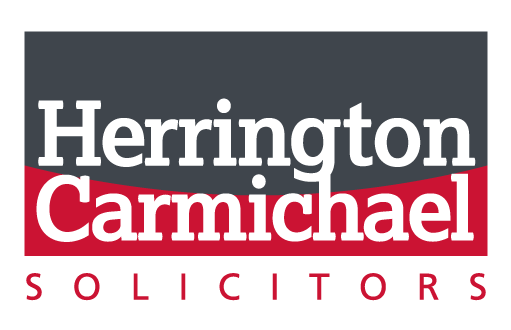Corporate governance mistakes can cost companies millions — yet many organisations still underestimate its critical value. Generally, it is impossible to describe the value of the corporate governance of a company with a single figure, as it is not a one size fits all concept but very much tailored to the respective company and point in time. Good corporate governance depends on a high number of factors, like size of the company, industry, regulations. However, history has shown in different examples like Enron, Blockbuster, Sports Direct and the Post Office scandal that poor, non-effective corporate governance has significant and far-reaching consequences and can lead to failure of the company.
Despite all individual factors that hinder a generalisation, there are certain costs directly related to bad corporate governance, which have a clear figure attached and which could easily be avoided. For example:
Wasted Executive Hours: The Cost of Unnecessary Meetings
Harvard Business Review came to the result in 2022[1] that 70% of meetings are keeping employees from doing productive work and are thus unnecessary. From the same year, a Bloomberg article[2] concluded that unnecessary meetings cost big companies $100 million dollars a year. This can be avoided by reviewing the decision making of the company, whether meetings are always necessary, or whether decisions can be made in another way. Taking the step from decision-making within a meeting to an individual decision-making hast the positive side effect of strengthening individual accountability.
Enhanced productivity of meetings: Clear agenda and focused meeting papers
Sometimes meetings serve a valid purpose and are required to get different opinions around the table to form a proper decision. However, often meetings are not sufficiently productive when they are lacking a clear agenda or rules of how decisions are made. This again results in costs of unproductive time of team members, which is in particular high in case of directors.
Furthermore, Board Intelligence concluded in a research program held jointly with ICSA[3] that the costs of board reporting is £ 5.5 million for bigger companies. The costs include the writing, compiling and reading of these papers per meeting. Thus, a further lever to elevate the productivity of meetings is a proper review of the papers provided. Decreasing the number of meetings and streamlining the documents to fundamental information saves preparing and reading time and helps board effectiveness.
Why Complex Group Structures Drain Corporate Resources
Opaque group structures with a high number of subsidiaries often result in high maintenance costs. In particularly, management costs, such as each legal entity must have their own independent board and respective management structures, and individual filings with companies house and audit requirements where applicable. The calculation of the very concrete costs is done by adding the salary costs of directors plus their costs for meetings as well as the costs for filings and audits and need to be balanced against any risk mitigation benefits, any potential tax advantages or mandatory regulatory requirements. It could be assessed whether a branch structure would be simpler and less costly.
Streamlined group structure has the additional benefit of a better oversight to help reduce the risk of money laundering and fraud, as opaque structures can make it more difficult to establish the beneficial owners the real individuals who ultimately own, control or benefit from a legal entity.
How Poor Board Composition Increases Corporate Risk
The board of directors has a collective responsibility for the management and oversight of the company. If the collective knowledge and experience of the board does not cover the key aspects of the company, like regulatory requirements or production requirements there is a risk of a missing oversight e.g. that issues are not identified and dealt with correctly and in a timely fashion. This might lead to substantial fines or litigation costs. To avoid these potential costs, the suitability of the board should be reviewed periodically to ensure knowledge and experience of the current directors covers all aspects of the company. A clear view on succession planning and training can mitigate identified missing areas.
In addition to missing knowledge or experience, time availability is an important aspect of the composition of the board and needs reviewing on a regular basis. If directors do not have sufficient time to provide effective oversight, this might also lead to substantial costs. Therefore, proper delegation of directors and clear structures should be reviewed on a regular basis.
How Weak Governance Affects Credit Ratings and Capital Costs
Credit rating is an independent assessment of the ability of a corporation to repay debt. One part of the credit ratings deals with the assessment of corporate governance where the credit agency assesses the risk of missing structures and oversight. The preparation of these assessments, as well as the continued and well managed communication with the rating agencies throughout the full year can help with a higher scoring and avoiding higher borrower costs.
In conclusion, general corporate governance is hard to summarise in one concrete figure, although certain detailed topics, such as those discussed above, can help indicate costs. The dedicated Corporate Governance team of Herrington Carmichael can help you to review these hidden costs and how to reduce them. To discuss the issues raised within this article or to get expert advice to ensure your corporate governance is in order, contact us to speak to a member of our team.
[1] Harvard Business Review, March 2022, Dear Manager, You’re Holding Too Many Meetings by Benjamin Laker, Vijay Pereira, Ashish Malik and Lebene Soga
[2] Bloomberg, Newsletter Welcome to Work Shift, 27 September 2022 by Matthew Boyle,
[3] Discussion on Research, Board Intelligence, The state of board effectiveness in 2025, by Megan Pantelides








